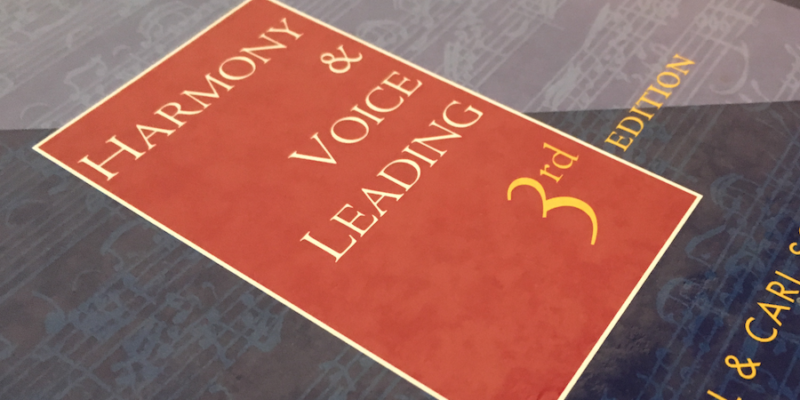Emotion and Music Theory in the Interpretation of Music

Music theory is a very broad term encompassing everything from reading music to harmony and voice leading and beyond. For the purposes of this article, we’ll be more on the harmony and form side of thing that the rudiments of reading music.
I came across this quote about music theory on a classical guitar forum:
Keep in mind that these papers are written to get into doctoral programs or to secure tenure. Rarely do they help people play better music.
It’s somewhat taboo to talk about interpretation in terms other than emotion. After all, music is meant to be an emotional experience. Playing music is meant to evoke an emotional response. Ever feel tingles when listening to music? That doesn’t happen to everyone (here’s the original study).
Are those tingles an emotional response? Or is it just a physiological response that evolution left us and happens to feel good?
Here’s the secret: it doesn’t really matter. We are what we experience and feel — however that it’s interpreted or lived. When we perform we get to choose what we want to evoke and how the music makes us feel.
To get back to music theory: interpretation is hard. Interpreting a piece from scratch each and every time we pick up the guitar from some place of pure emotion is a fantasy. We are always building on past repertoire, listening, and our lives as a whole.
Is a performer who has played a piece every concert for a year or more going to feel the same every night? Is her audience always going to have the same experience? No, but it’s still the performers job to do the work of interpreting the piece each concert even if they don’t feel like it. More importantly, interpretation is part of muscle memory and is part of learning a piece right from the start.
Music theory is one tool which can be used to make sense of music and bring interpretive elements into play (or defy those expectations).
Ever heard a deceptive cadence? How did it feel (physically or emotionally)? Things like that are not accidents. Deceptive cadences are composers taking advantage of expectations and subverting them. They can do that because they know the rules: they know how dissonance is supposed to resolve and can do it in such a way that sounds wonderful, but defies expectations.
Similarly, understanding the harmony of a piece can inform interpretation. For example dissonance on a strong beat often sounds good when accented and is then resolve softer and more relaxed (often how one performs an appoggiatura).
The form of a piece may influence where a rallentando or ritenuto or other stretching of the beat gets placed. Or knowledge of form may make it clear where a composer is eliding a phrase into the next — a place where any stretching of a beat may not make sense. Bach uses elision quite a bit in his preludes.
A great exercise to learn more than these too examples is to listen to a favorite interpretation and start to think of it in terms of how it reinforces the way a piece is written. Why is the performer accenting where they do? Why slow down here or stretch a beat there? Why get louder here?
It’s also worth while to analyze pieces where the composer has left a lot of interpretation markings. The Carcassi etudes are great for this. Tons of interpretive marks that when taking critically can form a really good guide on interpreting 19th century music. Remember that loud to soft dissonance resolution mentioned above? Take a look at Etude No. 2 (measures five and six specifically).
Importantly, analysis does not need to be formal. We can all hear dissonance and resolution and cadences, they don’t need labels. They just need a critical ear.
Interpretation is hard. Music theory is one tool that can help. Just because something was done consciously and critically does not mean that it won’t evoke an emotional response — in yourself or the audience. Just because theory was used to inform interpretation does not make it less pure or authentic.
